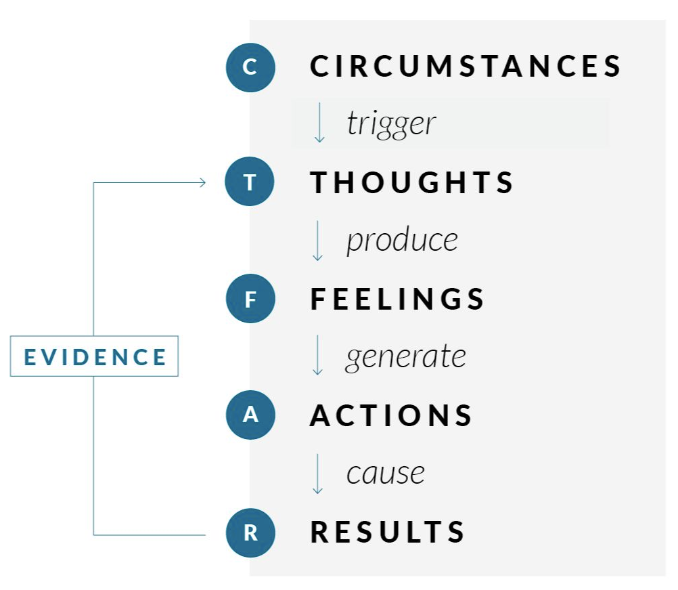From Manager to Coach: Why Learning to Coach Might Be Your Most Valuable Leadership Skill
Could learning to coach be the most valuable skill for the next generation of leaders?
A study by the International Coaching Federation in 2009 found that:
- 80% of people who received coaching reported increased self-confidence.
- More than 70% of individuals who received coaching benefited from improved work performance, relationships, communication, and more.
- 86% of organisations saw a return on investment on their coaching engagements.
From the study, the beneficial outcomes of coaching also extend to areas outside the professional setting. If coaching is so beneficial, why is it not as prevalent in our workplaces?
Learning to Coach – From Curiosity to Application
Not only was I curious to find out why, but I was also determined to embark on a learning journey to expand my capabilities as a manager and engineer so that I could influence and shape my work environment more positively.
Over the past few months, I have completed a Coaching Skills Specialisation Course for Managers by UC Davis on Coursera. It was an eye-opening experience that not only taught me practical coaching frameworks and tools but also included capstone assignments that required me to apply and reflect on actual coaching conversations with others.
Join me as I explore some of the coaching practices and reflect on my learning and application journey.
Imposter Syndrome – Who Am I to Coach?
Too often, we are our greatest obstacle in life. Mentally, it is easy to doubt our own capabilities and self-worth. I too am guilty of putting myself down frequently in]my work environment. Working with colleagues who are more senior or have more years of relevant experience, I have often questioned whether I am qualified to coach them when I see an opportunity to do so.
Interestingly, a key coaching framework called the Thought Model was taught in the course, and it helped me navigate imposter syndrome by encouraging me to be more proactive in taking positive actions. In simple terms, the Thought Model describes how circumstances create thoughts, which generate corresponding feelings. Those emotions then drive actions and results in the real world. Unfortunately, we can’t always control our circumstances, but we can choose the narrative of our thoughts — and that is well within our control.

To navigate imposter syndrome, I first acknowledge the areas where I am lacking compared to my peers. It is important to recognise and accept the current circumstances factually and not make the mistake of undermining the situation. Next, I remind myself of my own strengths — unique career and cultural experiences — and identify perspectives that I can actively contribute.
This approach helps me look at situations openly and creatively, invoking positive feelings and actions instead of diminishing my confidence and self-worth. Lastly, I try to adopt a learner’s mindset and maintain the humility to learn from peers. Everyone has unique experiences and stories that we can learn from through honest conversations.
Interestingly, the Thought Model isn’t a linear framework. It can be used to reverse-engineer and determine the right thoughts to have based on the specific actions and results you want to achieve. Ask yourself what sort of emotions you need to feel to drive the action you desire. Likewise, what thoughts must you entertain to create the emotions you are looking for? What I like about the Thought Model is its simplicity and flexibility — we can easily apply it as we tackle daily situations. Don’t forget that the model can also be used to coach and influence others besides yourself! Are you ready to give the model a try?
The Impulse to Solve – Empower by Asking
A good coach asks great questions to help you remove the obstacles in your mind and get back on track in life.
— Farshad Asl
Over-reliance and complacency are two dangerous habits to cultivate. In our hectic lives, we are never short of problems to solve. This can easily create a habit of rushing to solve issues as soon as they arise. Sometimes, we may only tend to the symptoms instead of the root cause. Other times, we may unknowingly encourage people to be over-reliant on our problem-solving abilities. Gradually, our time gets bogged down with others’ issues, while they grow complacent and lose the opportunity to develop their own capabilities.
As Farshad Asl noted, a good coach might have the answers most of the time but seizes the opportunity to guide others by asking the right questions. Rushing to fix is a challenge I face myself, both professionally and personally, so it’s an area I am actively working on to empower others more deliberately.
One useful framework from the course is the STAR Model. It refers to a four-step mnemonic: S for Stop, T for Think, A for Ask, and R for Result. It reminds us to pause and reflect before reacting — to consider whether a situation is an emergency that requires an immediate solution or an opportunity to coach by asking questions that stimulate critical thinking and problem-solving by others.
We can also use the Five Whys approach, asking a series of “why” questions to uncover root causes. Alternatively, we can encourage acceptance of a situation and focus on progress by asking "how" the desired outcome can be achieved. Focus our time and energy on solutions rather than problems. Coaches often need to address resistance to change, as we are naturally wired to favour familiarity. Encouraging positive change therefore requires patience and clear communication of personal benefits. The goal of the STAR Model is to help individuals take accountability and act independently to solve their own problems.
Accountability – The Foundation of Growth
The purpose of coaching is to close the gap between potential and performance.
— Keith Webb
A key component of coaching is upholding clear accountability, which benefits both individuals and teams. Accountability builds trust, responsibility, and promotes personal development. From my experience, accountability isn’t often spelled out in our day-to-day conversations. Instead, it’s usually assumed to be understood, which can lead to forgotten follow-ups, delays, and unmet expectations.
To coach and hold people accountable, it’s important to first identify the gap that needs to be bridged. Using the Coaching Algebra framework, each gap can be diagnosed as either a Skillset or Mindset issue. If it’s a skillset problem, the individual needs to be shown, taught, and trained. If it’s a mindset issue, the “why” must be specified and personalised to gain buy-in. The Thought Model discussed earlier can also be a powerful tool for mindset coaching.
Emphasising accountability is especially useful at the end of coaching conversations, as it provides a record to track progress. The course introduced two broad categories of accountability — Tactical and Developmental. Tactical accountability is rule- or metric-based, such as company policies or KPI-driven performance where assessment is binary and clear. Developmental accountability focuses on behaviour and values, which differ between individuals and take time to define and establish between coach and coachee.
A good coach is not afraid to approach the topic of accountability and regularly evaluates the best approach to address each person’s specific gap. Distinguishing between the two types of accountability is crucial to setting realistic milestones and goals, as developmental coaching usually takes longer for progress to materialise.
Concluding
Throughout this post, I explored how the Thought Model can be used to first manage and condition my inner self. By integrating the STAR Model, I then ask reflective questions that encourage others to think of solutions without rushing to provide answers. This process allows me to guide others through the Thought Model, influencing and empowering them to take positive action. Finally, I use the Coaching Algebra to bridge performance gaps and encourage accountability by tracking conversations and milestones.
A good coach can change a game. A great coach can change a life.
— John Wooden
Every interaction can be a coaching opportunity, a chance to unlock someone’s untapped potential to grow and do better. Are you ready to join me on this journey to develop our coaching capabilities?
